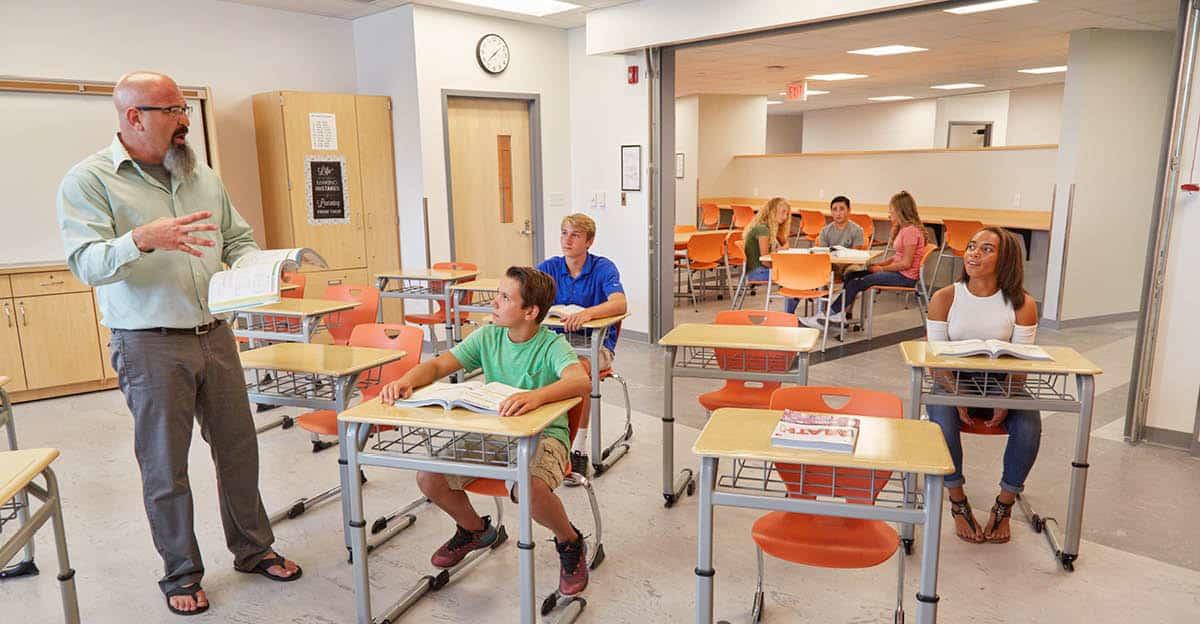As this post shows, active learning strategies are more effective at promoting deeper learning and understanding than listening to a lecture, reading a textbook, or watching a video. But there’s another aspect of active learning that is critical as well: It gives students opportunities to move around during class, which leads to better health and achievement.
Sitting still, keeping quiet, and listening to instruction does little to help students process and internalize new information. It’s also a less effective learning strategy from a physiological standpoint.
Getting students out of their chairs and interacting with each other and with the content in meaningful ways can make a big difference in achievement. Here’s how.
The Connection Between Movement and Learning
Movement increases students’ blood flow, which awakens their cells and stimulates their brains. In turn, students feel more alert and can focus more effectively on their learning.
“Research shows that when we exercise, blood pressure and blood flow increase everywhere in the body, including the brain,” writes University of Illinois at Urbana-Champaign Associate Professor Justin Rhodes for Scientific American. “More blood means more energy and oxygen, which makes our brain perform better.”
A report from the Centers for Disease Control and Prevention observes that physical activity “can have an impact on cognitive skills, attitudes, and academic behavior, all of which are important components of improved academic performance. These include enhanced concentration and attention, as well as improved classroom behavior.”
With a growing number of schools cutting back on recess and other chances for students to be physically active, incorporating movement into the classroom becomes even more important.
Getting Students Out of Their Seats
Teachers can combine active learning with opportunities for physical movement by using strategies such as gallery walks, role-playing exercises, or activities modeled after escape room games—in which students have to solve a series of puzzles scattered around the classroom.
In a gallery walk, the teacher sets up various stations around the room, each with a different discussion question. Students rotate through the stations in small groups, reflecting on each question (and the answers that others have given) and then adding their own responses. When the students return to the station where they started, each group synthesizes the responses to that question and presents a summary to the entire class.
More ideas for combining active learning with student movement can be found on this page from the Berkeley Center for Teaching & Learning.
For these strategies to be successful, however, teachers need the right kind of learning environment. For instance, students need flexible learning spaces with open areas to facilitate movement. The right kind of classroom furniture helps as well.
Learn more about the critical connection between active learning and classroom design.






Leave a Reply